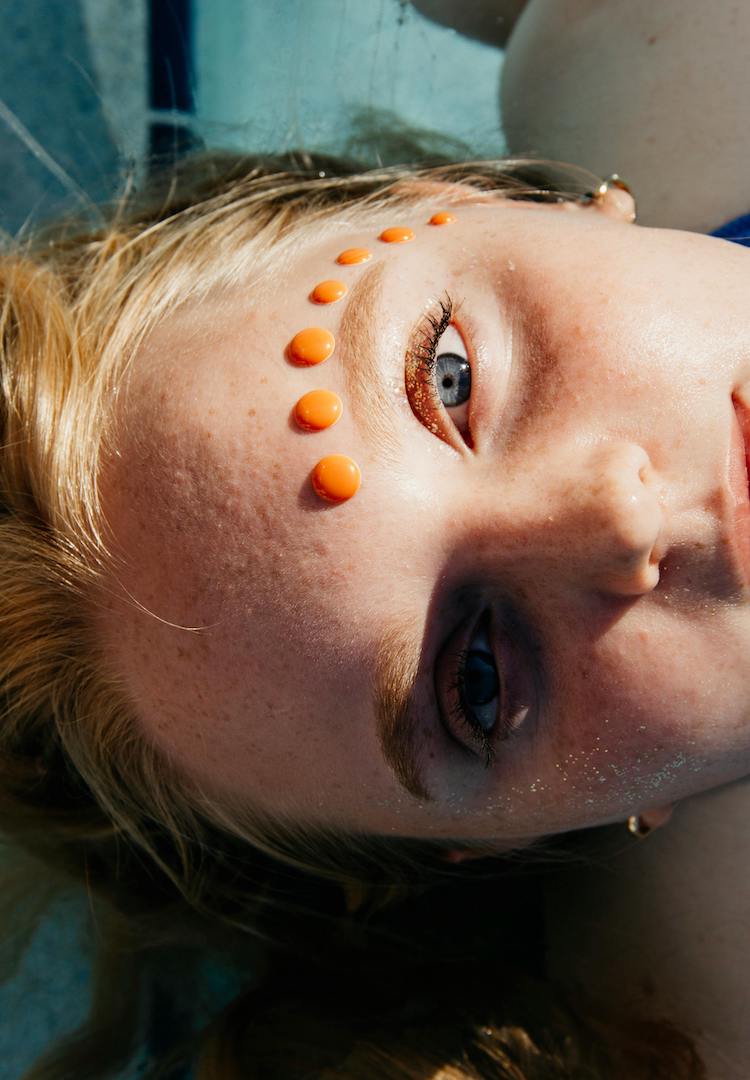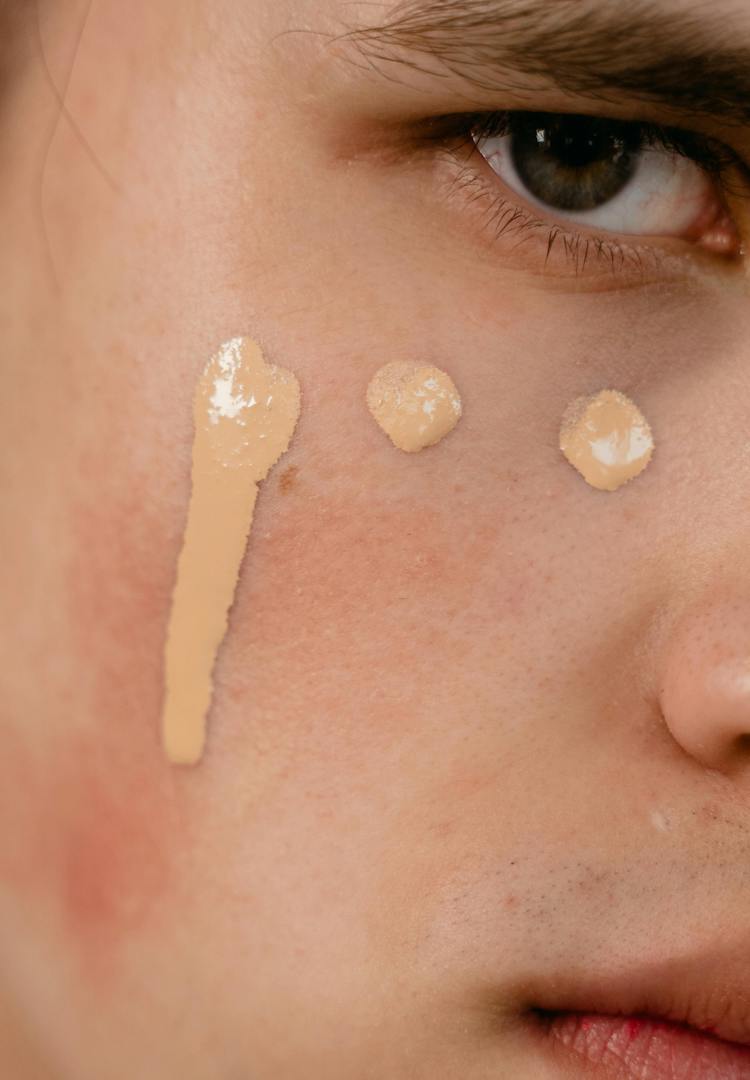Do I have skin dysmorphia?
Words by Mary-Ann McCall
More than skin deep.
You might be familiar with the following scenario: you’re looking at yourself closely in the bathroom mirror and all you can see are the pimples appearing all over your face. Or maybe you’re looking at pigmentation, or maybe it’s wrinkles. It doesn’t matter what it is, but the act of picking ourselves apart is something many of us can relate to.
Body image is the way we think, feel and perceive our bodies – it can be positive, negative or neutral. Cutaneous body image (CBI) describes how we perceive the image of our hair, skin and nails. These physical elements of our bodies are the most visible part of ourselves (not to mention that the skin is the largest organ in our body). And so, we often judge these areas more readily.
We like nosy people. Don’t be shy, head to our Beauty section for more.
As a dermal clinician, I listen to the way people talk about their skin and sometimes it can be worrying. The way we talk about our skin and body is extremely influential. Negative self-talk is common but it can easily evolve into something more harmful. Worst case? It can spiral into body dysmorphia.
Also known as body dysmorphic disorder (BDD), this mental illness revolves around worrying or perceiving your body’s appearance as wrong, flawed or needing to be fixed. It can lead to having unrealistic expectations in the beauty world.
From my point of view, this may mean that some people are unable to see results from any treatments they get. Sometimes it’s also having people pick apart certain concerns that you yourself can’t see. Some clients come into skin clinics with preconceived beliefs that they have a concern they need to be fixed. The truth is, there’s no special treatment that’s going to magically remove all of our concerns and insecurities.
Better Health Victoria suggests that people who suffer from BDD are more likely to seek help from a dermatologist or cosmetic surgeon rather than a mental health professional or psychologist. A flow-on effect of this is that it makes it harder for people to be diagnosed and increases misdiagnoses.
Resources from Butterfly encourage healthy conversations on body image and body dysmorphia by renewing the idea of what our bodies are capable of: “[We need to] understand and challenge society’s manufactured and constantly changing ideals of beauty: our bodies are vessels for us to function, enjoy and do amazing things.”
Social media hugely influences how we feel about ourselves and our skin. A rise in comparisons and unrealistic expectations can cause an increase in dissatisfaction, particularly if you’re constantly scrolling past photos of people with poreless, glass-like skin. Following more diverse accounts featuring people with different skin types can have a tangible impact on the way you think about your epidermis – think scars and texture, and images that show what real skin (minus a beauty filter) actually looks like.
The National Eating Disorders Collaboration recommends unfollowing and unfriending people on social media that trigger negative body image thoughts and feelings. Positive representation can help manage thoughts and feelings, because why allow others to dictate how you feel? You have the power in your hands to control what you view. At the end of the day, understand that your skin is not a trend but an organ. Allow yourself the freedom to reshape your own idea of what beauty is.
If you’re struggling with body image issues, you can call the Butterfly National Helpline at 1800 33 4673 for free and confidential support, or email or chat to them online here.













